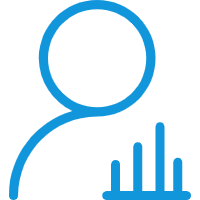Exploring the Uncharted Territories of NSFW AI: A Deep Dive
In the realm of artificial intelligence, there exists a controversial yet intriguing field known as NSFW AI. This technology, with its potential to revolutionize various industries, has often been met with skepticism and fear. However, a deeper understanding reveals a world of possibilities and challenges that lie ahead.
As we delve into the nuances of NSFW AI, we begin to unravel the complexities and ethical dilemmas surrounding its development and applications. From content moderation to creative expression, this cutting-edge technology has the power to reshape the way we interact with digital content.
One of the key aspects of NSFW AI is its ability to analyze and classify explicit content with remarkable accuracy. By leveraging machine learning algorithms, these systems can detect and filter out inappropriate material, ensuring a safer online environment for users of all ages.
Moreover, NSFW AI is not limited to censorship alone. It also plays a crucial role in the artistic realm, where it can assist creators in generating unique and provocative content. This fusion of technology and creativity opens up new possibilities for innovation and experimentation.
Despite its advancements, NSFW AI raises important questions regarding privacy, bias, and the boundaries of AI ethics. How do we ensure that these systems remain unbiased and transparent in their decision-making processes? Can we strike a balance between innovation and responsibility?
As we navigate through the uncharted territories of NSFW AI, it becomes evident that this technology is a double-edged sword. While it offers numerous benefits in terms of efficiency and productivity, it also poses significant risks if misused or mishandled.
In conclusion, the exploration of NSFW AI is a journey filled with challenges and opportunities. By approaching this technology with caution and foresight, we can harness its potential for good while mitigating its potential harms. The future of NSFW AI lies in our hands, and it is up to us to steer it in the right direction.
 4.82
4.82 490
490















